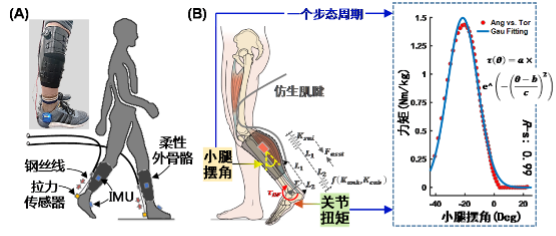News Centerposition:Baoxingwei > News Center > 正文
New progress has been made in the research of flexible exoskeleton robot in Shenyang Institute of Automation
Edit:Baoxingwei Technology | Time:2023-03-25 11:22 | Number of views:214
Researchers at the Shenyang Institute of Automation under the Chinese Academy of Sciences have designed a flexible hand exoskeleton robot with dexterity for hand rehabilitation, according to the institute's official release. A new non-time domain power assist control method for lower limbs is proposed.

It is reported that hand rehabilitation is the most urgent and difficult stage of stroke patients' rehabilitation. Current flexible hand exoskeleton robots can only achieve simple grasping assistance, usually unable to restore the dexterity of human hand movement. Researchers at the Shenyang Institute of Automation have designed a flexible hand exoskeleton robot that can improve the hand flexibility of stroke patients. Based on the analysis of the driving mechanism of human skeletal muscle, the researchers optimized the hybrid driving configuration, realized the three-dimensional movement of the hand thumb with the minimum number of drivers, assisted stroke patients to complete various training tasks such as thumb ring, grasping, pinching, loosening, writing, etc., improved the movement posture, greatly enhanced the fingertip strength level, and provided the possibility for patients to achieve normal life.

Aiming at the problem that flexible lower limb exoskeleton robots cannot adapt to different human gaits, pace and frequency, researchers proposed a state domain assisted control method that sustainably integrates calf swing Angle and foot pressure information. This method uses Gaussian model to fit the leg swing Angle and foot pressure data of human standing phase online, and generates the power curve corresponding to the wearer's motion state continuously, so as to ensure the robot's high adaptability and compliance to human motion tasks such as quick stop and rapid change. Experiments show that this method shorens the adaptation time of the wearer to the exoskeleton robot, reduces the energy consumption of the human body, and realizes the wearer's autonomous, continuous and arbitrary control of the robot's power assisting mode. IEEE Transactions on Robotics (T-RO) reviewers described the method as a "fundamental approach to solving the time-domain dependency problem of the current exoskeleton robot control system."



